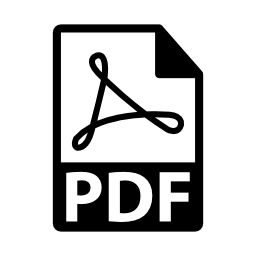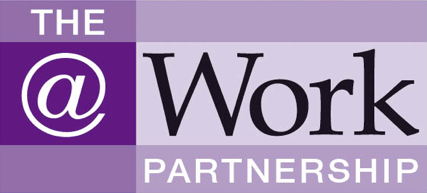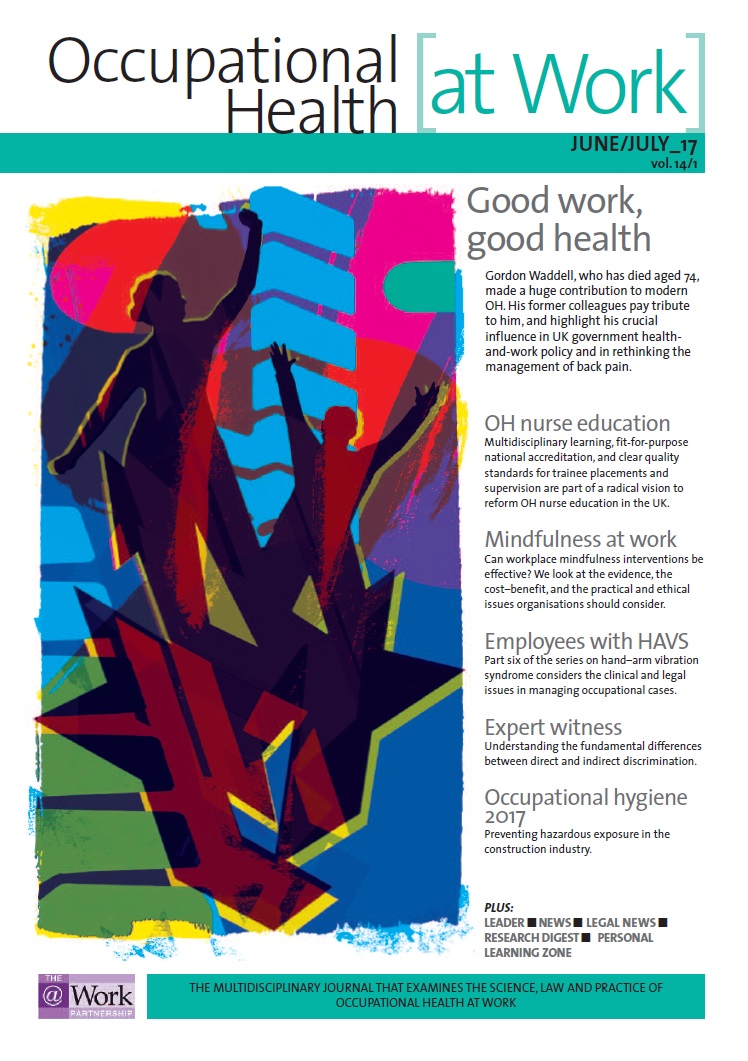June/July 2017 (vol. 14/1)
ContentsFeaturesNewsLegal
NewsResearch DigestResearch PlusCPD
 Personal Learning Zone
Personal Learning Zone
Summary:
FEATURED ARTICLES
This issue of Occupational Health [at Work] features a Personal Learning Zone (PLZ) article recommended for continuing professional development (CPD). The assignment questions, ‘personal learning statement’ and ‘Certificate of engagement’ are available to subscribers at AWPcpd. These will also be stored in your password-protected PLZ. The PLZ will help you document your own CPD. Occupational health physicians and nurses, occupational hygienists and other professionals can use the resource in support of their specialism’s revalidation or CPD requirements.
Pages 25–29. Mindfulness at work. Workplace mindfulness interventions – how, why and where?
This PLZ feature looks at the efficacy of workplace mindfulness interventions and examines the evidence, the return on investment, and the practical and ethical issues organisations should consider.
Visit AWPcpd to see the CPD questions associated with this article.
ADDITIONAL CPD
The following articles, news and research items are suggested reading for CPD and professional revalidation. Subscribers can complete their online Personal Learning Zone CPD record at AWPcpd
Pages 8–9. New UK guidance states that emergency healthcare workers (HCWs) who may be required to undertake exposure-prone procedures (EPPs) should be managed in the same way as hospital-based staff who perform EPPs. Key learning points are that PPE should be used in exposure-prone environments, and that emergency HCWs should be risk assessed to determine if they need EPP health clearance
Pages 13–15. When deciding whether to dismiss an employee on long-term sickness absence, employers should consider the impact of the absence on the organisation, the duration of the absence, the reasonableness of waiting longer, and any up-to-date medical evidence. Learning points include: that these points should be in any dismissal letter; and more consideration of medical evidence prior to dismissal can help mitigate the risk of a successful claim.
Pages 18–20. There are important differences between direct and indirect discrimination and this article examines two Supreme Court cases. Learning includes that direct discrimination is nearly always unlawful; and that indirect discrimination arises when an employer, for example, imposes a condition that employees (or potential employees) will have to satisfy, which although may appear to be neutral, impacts adversely on those with a protected characteristic.
Pages 30–36. This feature examines the clinical and legal issues in managing hand–arm vibration syndrome (HAVS). OH professionals face a dilemma over balancing the requirement to obtain consent before disclosing confidential information with HSE advice that consent is not required to release fitness-for-work advice following health surveillance under the Vibration Regulations. The current view of the medical profession is that there should not be disclosure without consent; however, there may be a justification in the public interest if the health or safety of others is at risk
Author: The At Work Partnership Ltd
Occupational Health at Work June/July 2017 (vol. 14/1) pp43



